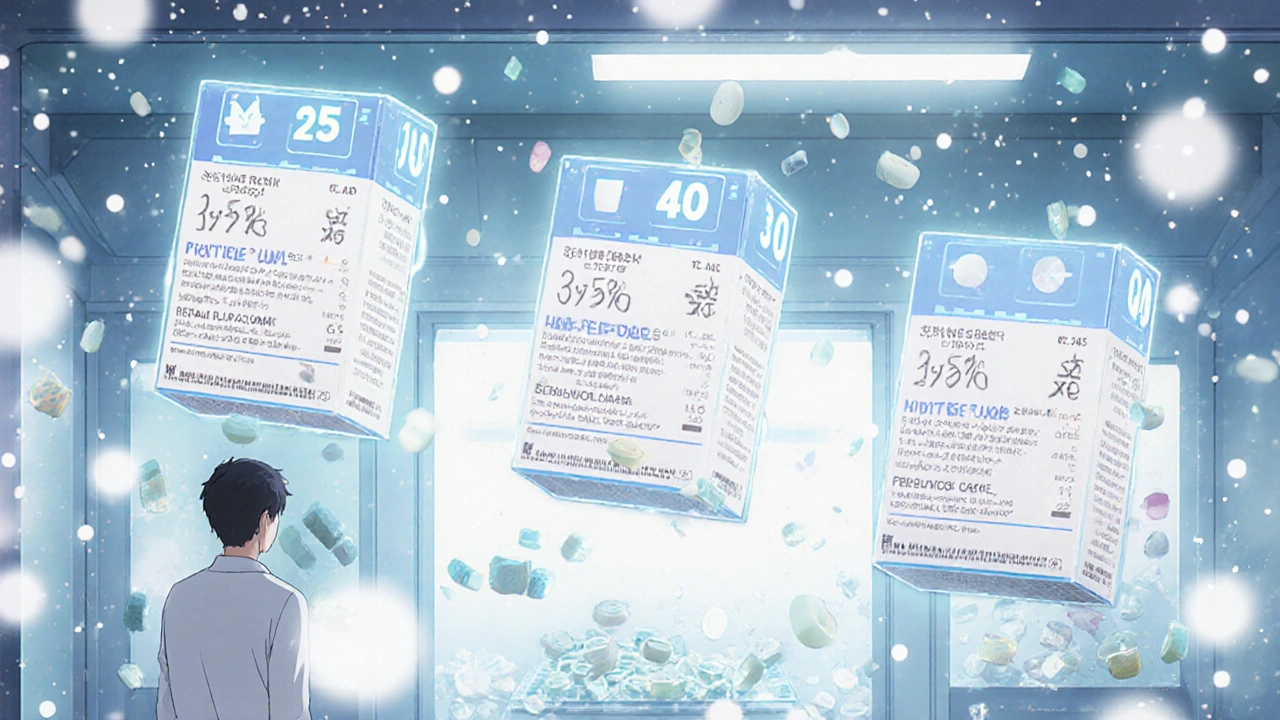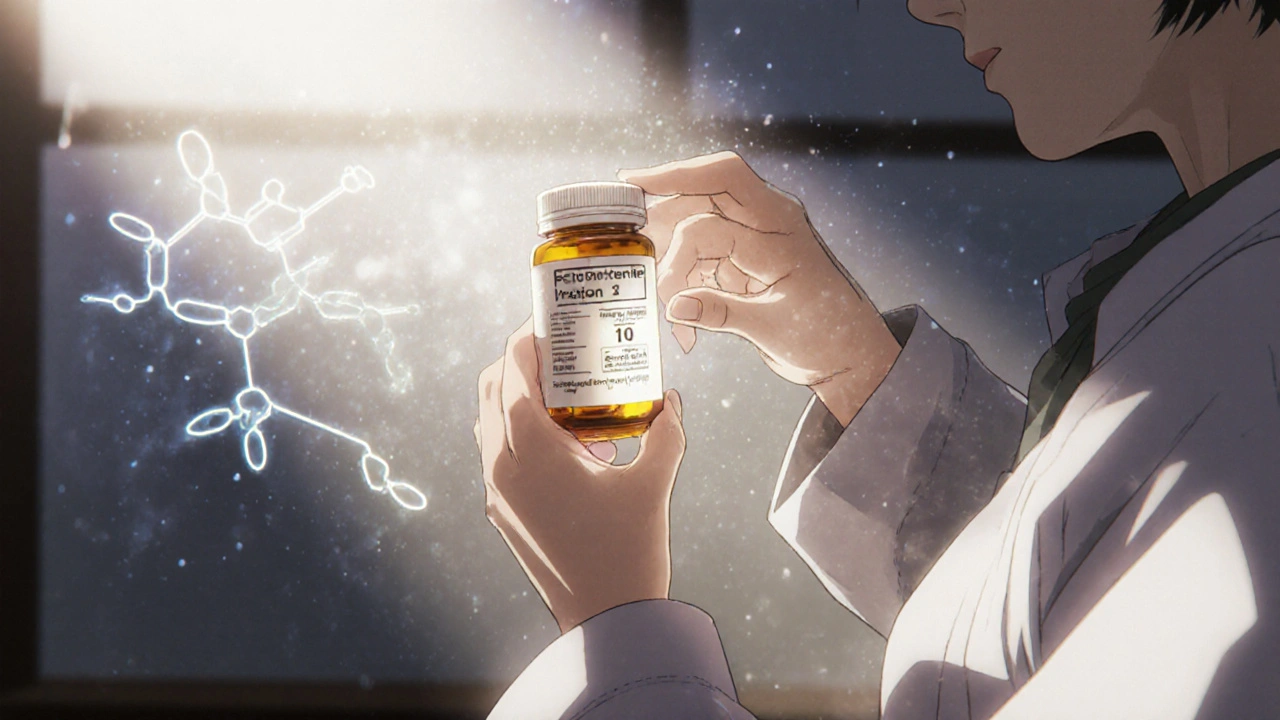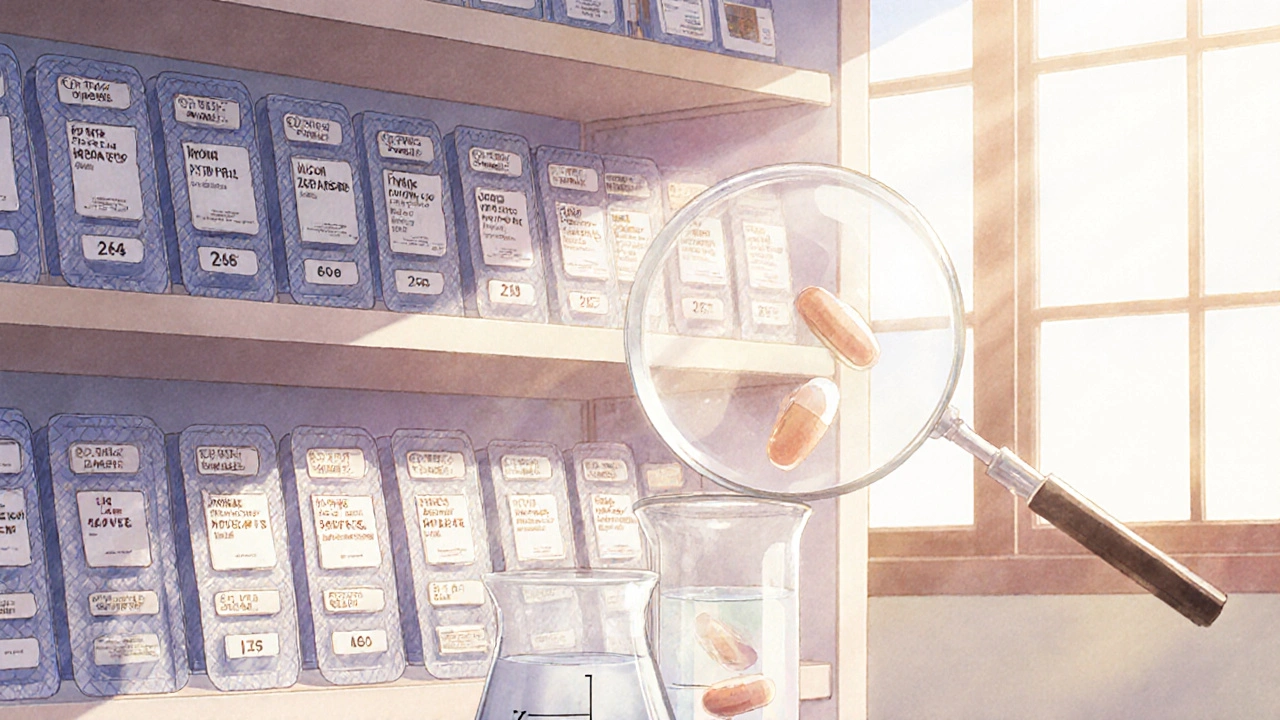Why stability testing matters for generic drugs
When you pick up a generic pill at the pharmacy, you expect it to work just like the brand-name version. That’s not luck-it’s the result of strict testing the FDA requires before approval. Stability testing is the backbone of that assurance. It’s not just about checking if the pill still looks the same after a year. It’s about proving it still has the right amount of active ingredient, hasn’t turned toxic, and will work the same way from the moment it leaves the factory until the last tablet is taken.
The FDA doesn’t accept guesswork. Every generic drug must prove, through real-world data, that it stays safe and effective under real storage conditions. This isn’t optional. It’s the difference between a drug that saves lives and one that fails silently-losing potency, breaking down into harmful substances, or becoming unusable before its expiration date.
What the FDA actually requires
The FDA’s rules for stability testing are detailed, specific, and non-negotiable. For every generic drug application (ANDA), manufacturers must test at least three batches of the product. These aren’t small lab samples-they must be made at pilot scale using the same equipment and processes planned for full production. That means if you’re making 100,000 tablets a day, your test batches should mirror that.
Each batch is stored under three conditions:
- Long-term: 25°C ± 2°C and 60% ± 5% humidity-this simulates normal room storage.
- Accelerated: 40°C ± 2°C and 75% ± 5% humidity-this speeds up degradation to predict long-term behavior.
- Intermediate (if needed): 30°C ± 2°C and 65% ± 5% humidity-used when results from accelerated testing are unclear.
Testing frequency follows a strict schedule: every 3 months in year one, every 6 months in year two, and then once a year after that. For a 24-month shelf life, you need at least 12 months of long-term data before the FDA will approve it. Accelerated data must include at least 6 months of results.
What gets tested-and why
It’s not enough to just check if the pill still looks white and round. The FDA requires testing across four categories:
- Physical: Appearance, color, texture, dissolution rate, and how well the tablet breaks down in the body.
- Chemical: Potency of the active ingredient, presence of impurities, and breakdown products. Even tiny changes matter-like a 1% drop in potency or a new impurity forming.
- Biological: For injectables or biologics, this includes sterility, endotoxin levels, and microbial contamination.
- Microbiological: Especially for multi-dose vials or topical products, this checks for mold, bacteria, or yeast growth over time.
Preservatives, antioxidants, and packaging materials are also tested. If your pill comes in a bottle with a desiccant, that packaging must be part of the test. The container can’t be swapped out later without new data.

How generics differ from brand-name drugs
Many assume generics have it easier because they copy an existing drug. That’s only partly true. While they don’t need to repeat all the original clinical trials, they still must prove their version is stable-on their own.
The brand-name company spent years studying how their drug degrades. Generics can reference that data, but they still need to run their own tests. Why? Because even small changes in the manufacturing process, inactive ingredients, or packaging can alter how the drug behaves over time.
For example, a generic version of a blood pressure pill might use a different binder. That binder could interact with the active ingredient under heat or humidity, causing faster breakdown. The FDA won’t assume it’s safe-they need proof.
Common reasons generic applications get rejected
Stability issues are the #1 reason ANDA applications get delayed. According to FDA data, over 90% of stability-related deficiencies come down to three problems:
- Missing or vague protocols: If your test plan doesn’t say exactly how you’ll measure potency or what equipment you’ll use, the FDA will reject it. 98% of completeness failures are due to incomplete protocols.
- Insufficient data points: Testing only at 0, 6, and 12 months for a 24-month shelf life? That’s not enough. You need data at every required interval.
- Unvalidated methods: If your lab’s test for potency isn’t proven to detect changes accurately, the data is useless. Over 30% of Complete Response Letters cite this.
Even small things matter. Temperature excursions in storage chambers-just 3°C above the set point-can invalidate months of data. The FDA found that 63% of generic manufacturers had monitoring gaps in 2023.

How manufacturers are adapting
Smart companies aren’t waiting for rejection letters. They’re investing in solutions:
- Automated monitoring: 78% of top generic makers now use real-time sensors in stability chambers that alert staff if temperature or humidity drifts.
- Pre-submission meetings: Talking to the FDA before submitting reduces failure rates by over 40%. Many companies now schedule these early in development.
- Bracketing and matrixing: Instead of testing every strength and size, manufacturers can test a few key ones and use science to justify coverage of others. This saves time and money-67% of approved ANDAs in 2022 used this approach.
Some are even using Quality by Design (QbD) principles-building stability into the product from the start, rather than testing it in after the fact.
What’s changing in 2025 and beyond
The FDA isn’t standing still. In June 2025, a draft guidance proposed major updates:
- 24 months of long-term data: Currently, 12 months is enough for approval, with a commitment to continue testing. Soon, applicants will need 24 months of data upfront.
- Photostability rules: New ICH guidelines require testing under light exposure, especially for light-sensitive drugs like certain antibiotics or heart medications.
- Nanomaterials: Newer generics using nanoparticles must prove their stability under real conditions-this is a whole new testing challenge.
- Blockchain pilots: The FDA is testing blockchain to verify stability data in real time, reducing fraud and errors.
These changes will raise costs. Analysts predict stability testing expenses will jump 22% by 2027. But they’ll also reduce delays. As manufacturers adapt, approval times for generics are expected to drop from nearly 2 years to under 15 months.
What this means for patients
Behind every generic pill you take is a complex, expensive, and highly regulated process. The FDA’s stability rules exist because patients can’t afford to get weaker or unsafe medicine. A pill that’s lost 10% of its potency might not control blood pressure. One that’s degraded into a toxic compound could cause liver damage.
These requirements keep the system honest. They ensure that whether you pay $4 or $40, you’re getting a drug that works as intended. The cost of testing may be high for manufacturers, but the cost of failure-measured in lives, hospitalizations, and lost trust-is far higher.
For patients, the message is simple: trust the generic. The system works. And the FDA’s stability testing is why.
Do generic drugs need to undergo the same stability testing as brand-name drugs?
Yes, generic drugs must meet the same stability testing standards as brand-name drugs under FDA and ICH guidelines. While they can reference the innovator’s data, they must still conduct their own tests on their specific formulation, manufacturing process, and packaging. The goal is to prove that their version performs identically over time under real-world conditions.
How long does stability testing take before a generic drug is approved?
Stability testing typically takes 12 to 24 months, depending on the proposed shelf life. For a 24-month expiration date, manufacturers must have at least 12 months of real-time data at the time of submission. Accelerated data (6 months at 40°C) is used to predict long-term behavior, but real-time data must continue after approval to confirm the expiration date.
Can a generic drug have a shorter shelf life than the brand-name version?
Yes, but only if the data supports it. A generic drug’s shelf life is based on its own stability results, not the brand-name product’s. If the generic formulation degrades faster due to differences in excipients or packaging, the FDA will approve a shorter expiration date. However, most generics match or exceed the brand’s shelf life because manufacturers aim to compete on cost and reliability.
What happens if a generic drug fails stability testing?
If a generic drug fails stability testing, the FDA issues a Complete Response Letter (CRL), which blocks approval until the deficiencies are fixed. Common fixes include running additional tests, improving the testing protocol, validating analytical methods, or changing the formulation or packaging. This can delay approval by months or even years, and may require significant investment.
Are there exceptions to stability testing requirements for well-established generics?
No formal exceptions exist, but the FDA allows flexibility through bracketing and matrixing, which reduce the number of batches or strengths tested. For products with decades of safe use, manufacturers can use historical data to support their claims-but they still must conduct new stability studies on their own product. The FDA doesn’t waive testing, even for old drugs, because manufacturing changes over time can affect stability.


Comments
This is why I trust generics. People act like they're cheap knockoffs, but the science behind them is insane. The FDA doesn't cut corners. Every pill you take has been through a gauntlet of heat, humidity, and time. It's not magic, it's meticulous. And honestly? That's kind of beautiful.
The analytical method validation point is critical. If your HPLC method isn't validated per ICH Q2(R1), your entire stability dataset is garbage. Seen too many ANDAs get slammed for using unvalidated assays. It's not just about having data-it's about having *reliable* data. The FDA will eat your lunch if your LOD/LOQ isn't documented properly.
They're lying to you. The FDA doesn't care about your health. They're just protecting Big Pharma's profits. Generic manufacturers are forced to do all this testing so the brand-name companies can keep their monopoly pricing. The real reason they won't accept old data? Because they want you to keep paying $40 for a drug that should cost $4. Blockchain? That's just surveillance dressed up as science.
Okay, but... why does this matter to me? I just need my blood pressure pill to not kill me. All this talk about humidity and dissolution rates? I zone out. Can someone just tell me if it's safe? Like, really? Because I don't trust the system.
Ugh. Another post about how the FDA is some kind of saint. Newsflash: they approve drugs that kill people all the time. Remember Vioxx? Thalidomide? This is just PR. Generics are risky. I only take brand-name. I'd rather pay more than risk my life on some lab in India.
The 24 month data requirement is gonna be a nightmare for small manufacturers. But honestly? Makes sense. If you're selling something people swallow, you better be sure it lasts. I'm not mad. Just impressed.
I just want to say THANK YOU to everyone who does this work. The chemists, the QA folks, the people running stability chambers 24/7. No one sees them. No one thanks them. But every time you take a generic pill and it works? That’s them. 💪❤️ You’re the quiet heroes of healthcare.
Bracketing and matrixing are genius. Saves so much time and money without compromising safety. I've seen labs waste years testing every single strength of a drug family. Smart companies use statistical justification-like how you test a few sizes of a shoe to represent the whole line. It's not cutting corners. It's engineering smart.
You say '63% had monitoring gaps'? That's a disaster. If your stability chamber hits 43°C for 12 hours, you've just invalidated 6 months of data. Why aren't these companies fined? Why aren't they shut down? This isn't science-it's negligence. And you're all just accepting it?
I work in a pharmacy. I see patients panic when they get a different-looking generic. They think it's weaker. But the truth? It's often *more* consistent than the brand because generics have to prove it. I always tell them: the FDA doesn't care who made it. They care if it works. And it does.
Nanomaterials? Like, what? That's just fancy science jargon. All I know is my asthma inhaler looks different now and I'm scared to use it. Why do they keep changing stuff? Just leave it alone.
I used to think generics were sketchy. Then my mom got cancer and we had to use generics because insurance wouldn't cover the brand. She lived 3 more years. Same pills. Same results. Now I'm obsessed with this stuff. The system works. Don't let fear trick you.
This entire post is a corporate propaganda piece. You think this is about safety? It's about control. The FDA is a puppet. The real question is: who owns the testing labs? Hint: it's not you.